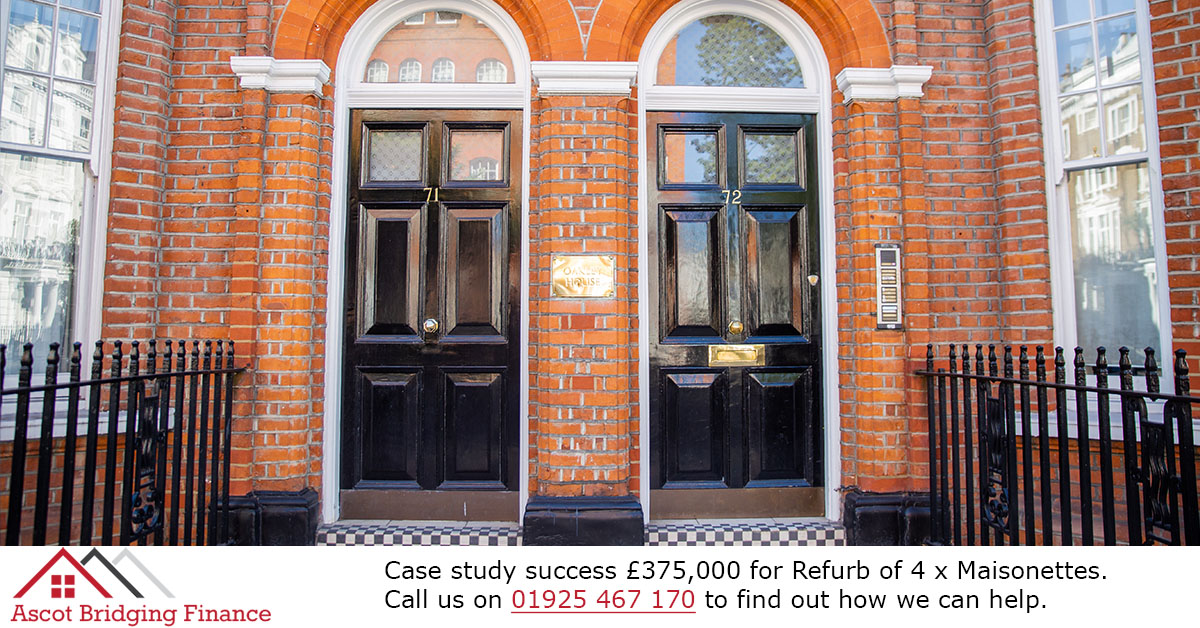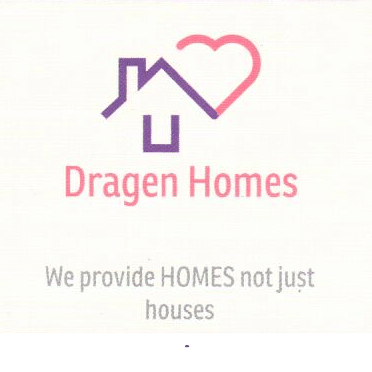With landlords are facing increasing cost, many are seeking to remain profitable by converting homes to multiple occupancy houses using bridging loans, reported FT.com in September 2017. Landlords pay a stamp duty surcharge on property purchases, and recently the government began phasing out the tax relief on commercial mortgage interest payments. This has caused many landlords to look at diversifying their business. In London, the return on property investments for landlords can be as low as 2%. Houses of multiple occupancy (HMO) can provide a return of around 7% to 9%. Landlords buy a large family house and convert it to a HMO using a bridging loan. After the property has been let, a commercial mortgage is used for the property and the bridging loan is repaid. There are challenges associated with this strategy; not all lenders will provide loans for HMO purposes, and the interest rate can be higher. A good broker should be able to source both a bridging loan and a commercial mortgage for an HMO deal. Multiple tenants mean that HMOs are more difficult and time-consuming to manage than single occupancy properties. Also, HMOs are typically rented to students and young professionals, so there is likely to be a large turnover of tenants and longer vacant periods. Landlords who want to invest in an HMO should thoroughly research the market and pay particular attention to the extra costs involved in managing such properties. If landlords get their sums right, however, an HMO investment can be profitable.






